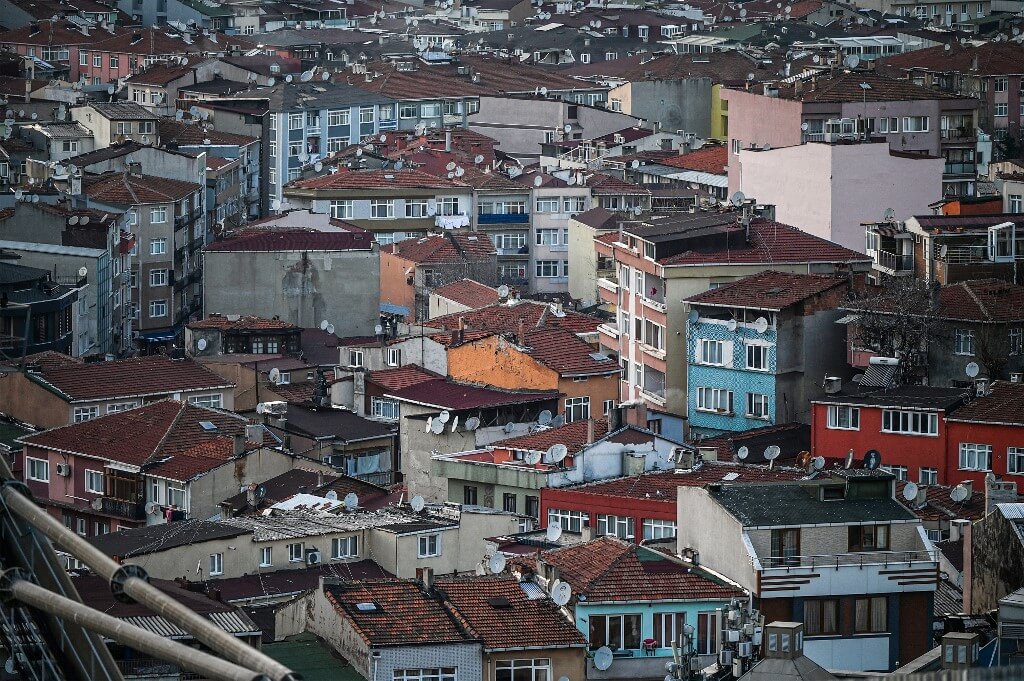As Turkey marks the 24th anniversary of the devastating August 17, 1999 Gölcük earthquake, the nation finds itself grappling with the persistent challenge of earthquake preparedness.
The earthquake in 1999 was the country’s worst earthquake disaster; more than 17,000 people were killed when a 7.4 magnitude temblor struck the western city of İzmit, 90 kilometers (55 miles) southeast of İstanbul. About 500,000 people were made homeless. However, recent earthquakes in Kahramanmaraş on Feb. 6 surpassed that in magnitude. Two devastating quakes in February killed more than 50,000 people and left millions homeless in more than a dozen cities in the country’s south and southeast.
This catastrophe has once again highlighted the country’s vulnerability to earthquakes and the pressing need for comprehensive disaster management strategies. According to experts, despite a quarter of a century since the Gölcük disaster, Turkey’s progress in earthquake readiness remains alarmingly insufficient.
In November 2020 Turkish President Recep Tayyip Erdoğan announced the ambitious goal of reinforcing 1.5 million houses within five years, aiming to enhance the nation’s resilience to future earthquakes. However, skepticism surrounds the actual progress towards achieving this goal, with experts questioning the accuracy of figures provided by government representatives. The issue of urban transformation has become a central point of contention as the country grapples with the monumental task of ensuring structural stability and safety for its citizens.
Lingering challenges and expert opinions
As the nation seeks to address its gaps in earthquake preparedness, experts from various fields have weighed in, offering insight into Turkey’s vulnerabilities and potential remedies.
Speaking to the Artı Gerçek news website, Hüseyin Alan, president of the Chamber of Geological Engineers, underscores the inadequacy of Turkey’s institutional capacity for disaster management. He highlights the recent establishment of local government disaster units, noting that major cities with high population density lack such units. Alan advocates for the creation of a dedicated Ministry of Disaster Emergency and Climate Change to comprehensively address the challenges posed by seismic risk.
Bülent Tatlı, president of the board of directors of the Chamber of Civil Engineers, also spoke to Artı Gerçek, emphasizing the importance of controlling building stock in earthquake-prone regions. Tatlı criticizes the prevalence of “urban amnesties,” which retrospectively legalize construction illegally built in earthquake-prone regions. Tatlı advocates for stronger regulations and proper oversight.
The report by Artı Gerçek also cites Professor Mikdat Kadıoğlu, an expert in disaster management, who highlights the gap between disaster management theory and practice in Turkey. He stresses the need to focus on prevention rather than merely responding to disasters. Kadıoğlu calls for the establishment of a Ministry of Urban Planning and Disaster Safety to address systemic issues.
Esin Köymen, İstanbul branch president of the Chamber of Architects, spoke to the Duvar news website about the importance of disaster assembly areas and temporary housing zones, noting that many designated assembly areas have been converted into residential or commercial spaces. Köymen stresses the need to preserve and expand park areas within neighborhoods to accommodate temporary shelters.
One of the central concerns is the looming seismic threat in the Marmara region, particularly in İstanbul. According to experts, the Main Marmara Fault, which runs south of İstanbul, has not been active for an extended period, making a significant earthquake overdue. The potential magnitude of such an earthquake is estimated to be between 7.2 and 7.6 on the Richter scale, and the consequences could be catastrophic.
Dirk Becker and Marco Bohnhoff of the German Research Center for Geosciences (GFZ) have conducted a study that provides valuable insights into the deformation patterns along the Main Marmara Fault. They identify locked and creeping fault segments and emphasize the significance of recognizing these areas for assessing seismic risk.
In the event of a major earthquake in the Marmara region, not only will İstanbul be affected, but also nearby cities and industrial zones. Experts express concern about potential secondary disasters, such as fires and chemical leaks, which could exacerbate the impact of an earthquake.
As Turkey commemorates the 24th anniversary of the devastating Gölcük earthquake, it is obvious that significant challenges in earthquake preparedness persist. Despite the passage of time, the nation is still grappling with the daunting task of enhancing its infrastructure, disaster management and institutional capacity.

